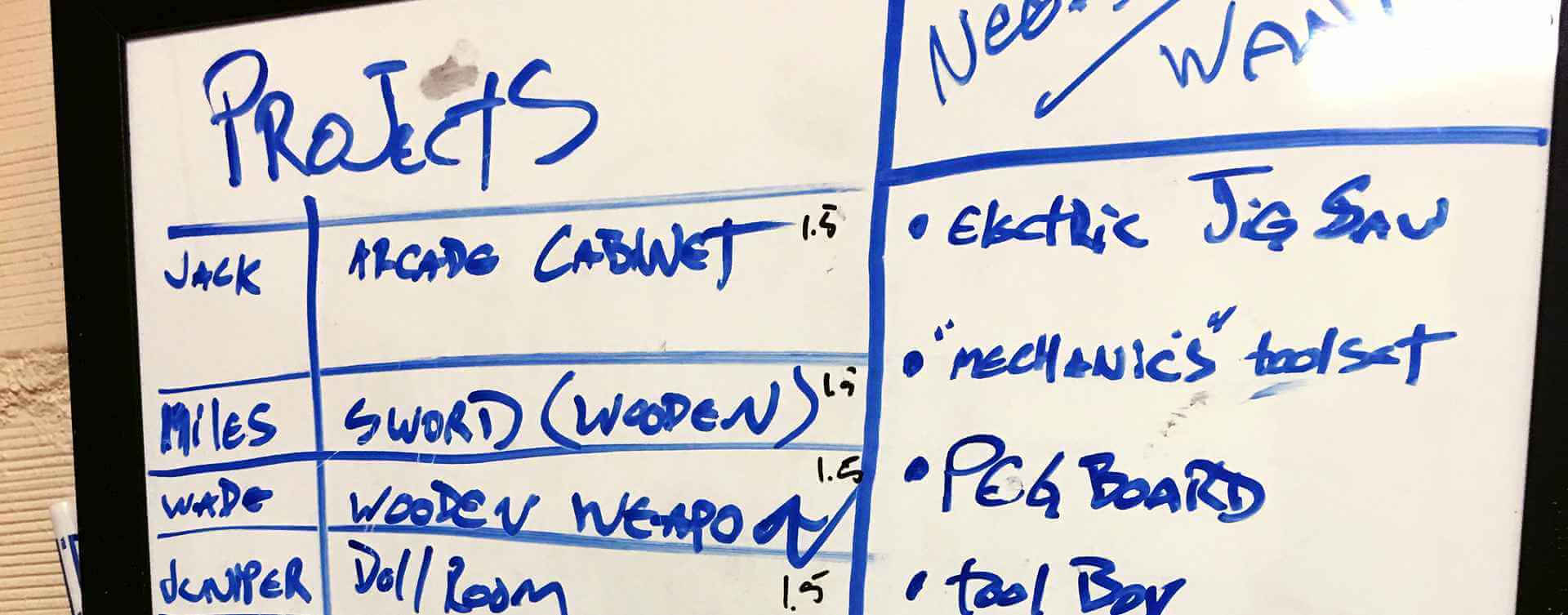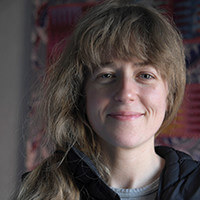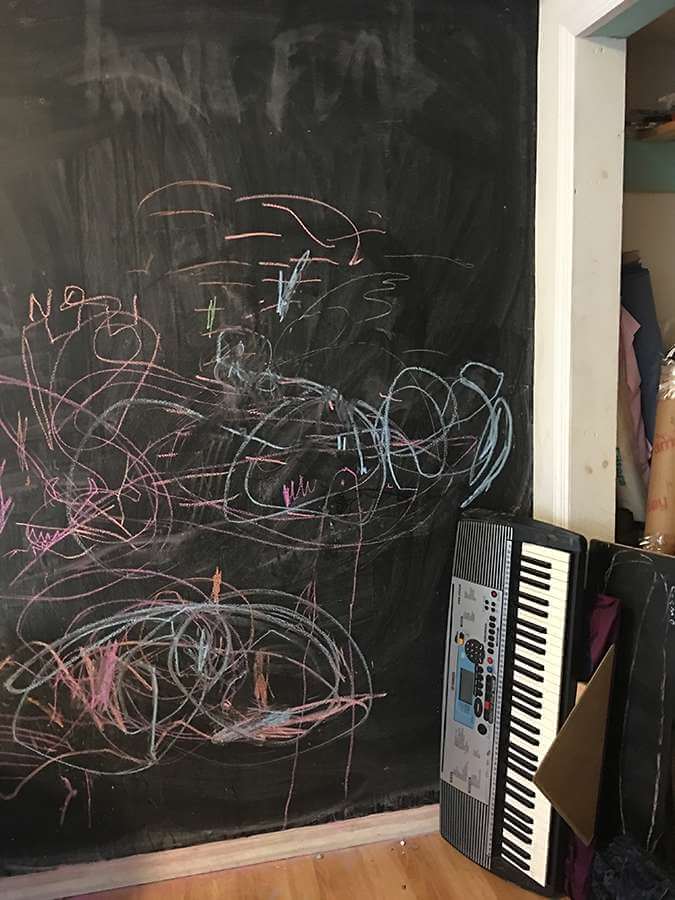
I’ve taken a year off as a public middle school art teacher to visit alternative education schools, programs and spaces across the country. I’m often asked, “what is it like to visit an alternative school?” Alternative education is umbrella term that attempts to capture diverging and/or emerging traditions, ideas, concepts and practices that seek to guide, participate in and support learning in diverse settings and conditions. While these types of environments are in various places all over the country, one in particular that I am most excited about is Self-Directed Education support spaces. And while this category too has variation from place to place, all share some distinct characteristics.
The space feels used. Not dirty, but not pristine. The space – all of the space – is being used regularly by the people there. There might be doors repurposed to be tables. There might be books scattered across the floor. There might be a pet turtle wandering about. There is always a lot of art on the walls.
Students don’t rush up to you, looking for entertainment or to bombard you with questions. Students have a sense of purpose. Students are reading, laughing, playing with small figurines or drawing with friends.
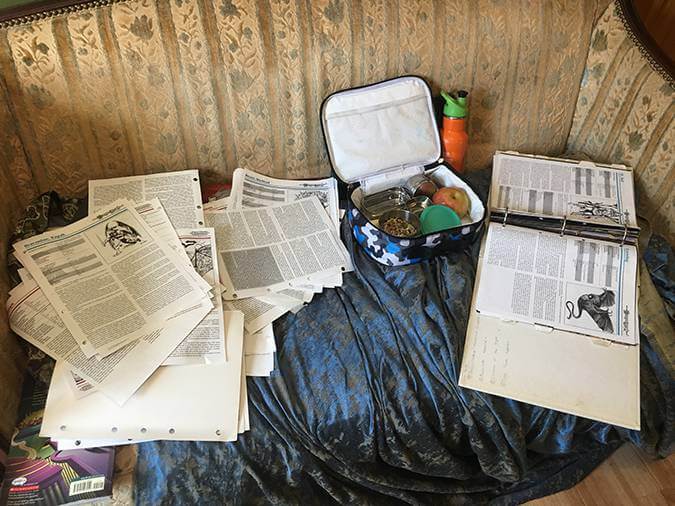
The adults are present. Not in that they are physically there supervising, but emotionally present in the moment. Whether they are helping a student with a coding problem or attentively listening to a crying child, adults are present in their roles. Those roles are not of taskmaster, authority figure or disciplinary. But of guide, facilitator, model, teacher and friend.
No one is walking in straight lines. There are no hall passes or slips required to use the bathroom. It is a place full of activities, some solo, some in large groups in a buzz of collaboration. There is laughter, there is talking, there is shouting, crying and singing. There is also quiet, with students on soft furniture, curled up with a book or daydreaming to music.
Needs are being taken care of. Bathroom needs, hunger needs, touch needs and curiosity needs. Questions and ideas fly. Students build and destroy. Loud collaboration and quiet reflection happen often at the same time.
These Self-Directed Education communities, in their many variations, have provided me with life-affirming evidence that learning is joyous, that teaching is reciprocal, and that community is vital. And from my personal reflections I believe one of the foundations to all of this is care.
My mind returns again and again to a quote by Saidiya Hartman, a professor at Columbia University. “Care is the antidote to violence.” She was speaking about prison abolition, but its truth speaks to a huge range of violences. These violences include poverty, sexual assault, carceral systems, and climate change, and they affect our students in interlocking ways.
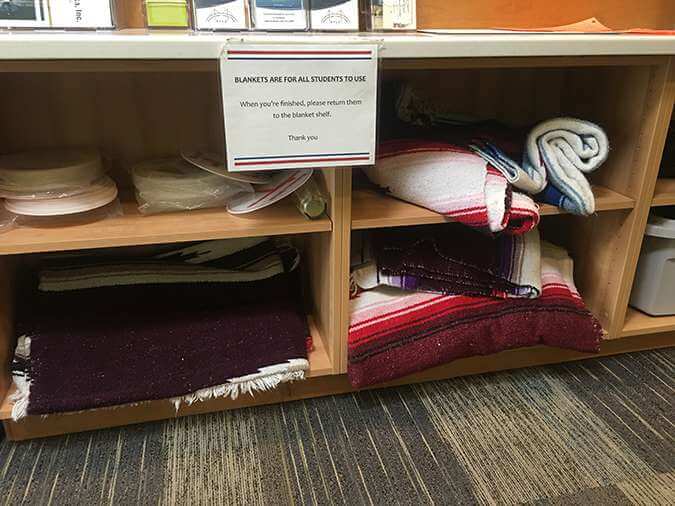
I urge people not to see Self-Directed Education as merely a fad, a reform mandate, the key to preparing children to get better jobs in the tech industry or a new teaching strategy to be followed rule by rule. I encourage people to see it as so many other educators have seen it before and see it now, as political, an act of resistance, as liberating movements for the now and tomorrow.
Care is the antidote to violence; don’t mistake the word care for something trivial, light hearted or superficial. Care comes from profound reflection, deep commitment and responsive action. Self-Directed Education is this kind of care, a kind that is urgently needed.
So when I visit a school, yes it’s fun. Yes I laugh, and play and listen and share. And yes I see students doing math, reading, learning music and exploring history. Yes I see students playing and being imaginative and figuring out for themselves what to do next. But the thing I see that is truly transformational, is the level of care that each person brings. This is not perfection or a sweet utopia. Because none of these schools are perfect. It isn’t a dream, it’s real and living. There are messes and mistakes, and fights and conflicts. But instead of seeing those as problems getting in the way of maximum efficiency, or damaging everyone’s assumed allegiance to the lesson, mistakes and conflict are seen as natural, human, and a part of living. Because they are.
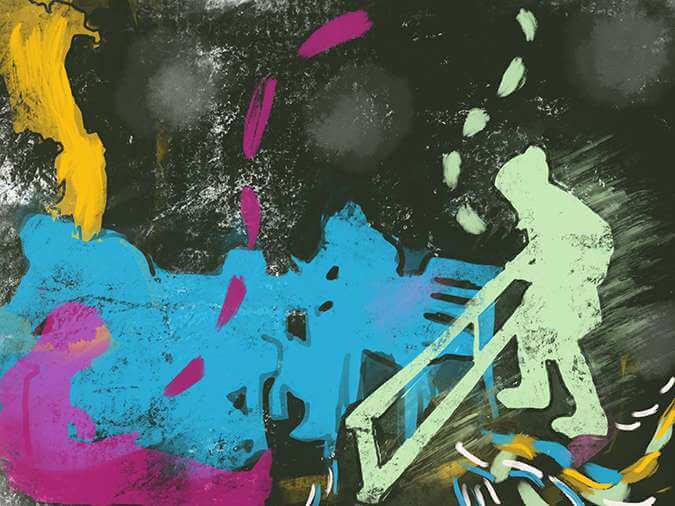
At the core of all these schools is a commitment to a different kind of learning, a different kind of being with others – one based on mutual unconditional respect, honesty, trust and responsibility. In other words, they are based on care. So when conflict happens or a mistake is made, when tears of rage or yells of frustration erupt, they are handled, by the people involved, with care. And they get resolved, not out of an external obligation to “get along and be nice,” to follow authority to prevent further punishment, or as some kind of performance, but they get resolved because everyone, from a child of six to an adult of 46, see each other as fully human and are living in caring relationships. This type of organizing, of conflict resolution and way of being, isn’t new to Self-Directed Education, nor did Self-Directed Education and its variations invent it. It has a long and deep history crossing cultures and time, and this idea of care is the same. It also comes from a wide range of influences from community organizers, philosophers and diverse cultural and spiritual traditions.
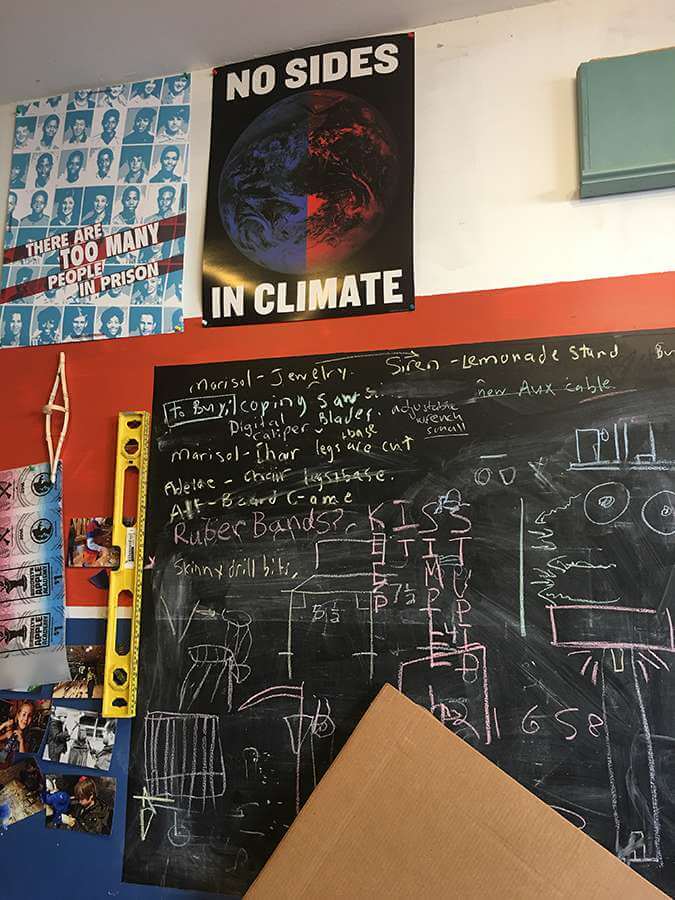
Some schools call it restorative justice, some call it conflict resolution, one school has implemented what they call “care groups.” Everyone is listened to, everyone is heard, everyone has a chance to speak and everyone involved is an active participant in creating the solution. The solution then becomes something more, not some kind of saccharine “teaching moment” which is inorganic and condescending, but a moment of true learning and powerful growth for everyone involved. Students become teachers, teachers are perpetual students.
What is it like to visit a Self-Directed Education environment? Beautiful, hilarious, heartwarming, challenging, messy, loud, fun, and real. Real in the sense that it is happening, now, all over, and real in the sense that it is deeply connected to everything that makes us human—connected and alive; this is how self-directed environments are drastically different than conventional compulsory schools. Care connects humans, and care is what allows us to be free. And it is that true care cannot exist without consent, equity, or freedom. It can sometimes squeeze through the cracks of a compulsory system, but it is there in spite of the system, not because of it. It’s a testament to how powerful that need to care and be cared for is that you find it at all in a system actively preventing it. Care does not thrive in a coercive hierarchical system that promotes judgement, competition, and thus alienation. Some students feel this lack of care more acutely than others for a whole host of reasons. Care in conventional schools become selective, unpredictable and conditional. If we want a better future for ourselves and children, we need to start creating more communities of care, and I see Self-Directed Education as a compass towards that goal.
If you enjoyed this article and feel called to give back to ASDE, here are ways you can support our work:
- Donate money
- Share our content with others! Click one of the buttons above to easily share on Twitter, Facebook, or email.
- Consider becoming a Contributor for Tipping Points


